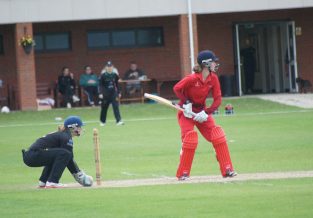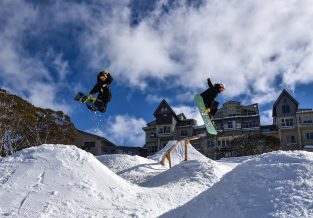If You Don’t Succeed Tri, Tri Again!
Published on
19 Nov 2015

Call us on: (03) 9975 4133
The sunshine is here, the soccer season is over, and the summer buzz has arrived. This can only mean one thing - it’s Triathlon season!
Having never competed in a Triathlon in the past, I thought I would set myself a new challenge over the coming months in an attempt to keep me out of Melbourne’s plethora of beer gardens. As I have not swam any significant distance since my 1996 800m swimming badge, this could be an interesting few months. This has prompted me to delve a little deeper into the physical demand that partaking in a Triathlon has on the body in order to avoid any annoying injuries. My main concern for the swim will be survival, so my focus here is looking into the transition from bike to running.
The Transition
Other than feeling as though my legs have turned into Jelly Snakes, making the transition from cycling to running can have significant impacts on your running technique. It only takes 30 minutes of cycling to affect how anteriorly tilted your pelvis is. This has a big impact on the structures that attach to it, of which there are plenty. Today I’m going to focus on the impact that this has on both the Gluteus Maximus and Hamstring muscles. With an anteriorly tilted pelvis, these muscles are put on a stretch i.e. their origin and insertions are taken further apart. Generally speaking, muscles function best within an optimal range, and muscles that have been put on length are more likely to fatigue quicker, not be able to generate as much power, and are more vulnerable to overload injuries such as Tendinopathies.
So What Can I do About It?
The good news is that this change happens due to a combination of flexibility and strength related issues, both of which we can change with the help of your trusty Physiotherapist. Anyone who sits at a desk all day would be forgiven for thinking our “hip flexors” are the spawn of Beelzebub himself with the number of issues they can cause, and unfortunately this is another example of the troublesome tight hip flexor. Hence, whether it’s release work by your Physio, or a decent stretching or foam rolling routine, keeping your hip flexors flexible is essential. Strengthening your Gluts and lower Abdominals are just as important in order to capitalise on the new lease of life your flexible hip flexors have given you, as these are the muscles that posteriorly tilt the pelvis and are therefore able to bring the pelvis into a more “neutral” position. Strengthening the hamstrings is also key, considering they are an essential part of that posterior chain that provides all our propulsive power when running. They are also most at risk of developing a tendinopathy if an anteriorly tilted pelvis is combined with over-striding.
Running Assessment
If you’re going into the triathlon season with any niggles, I would strongly recommend coming into the clinic and arranging a running assessment. Most of these things we see on video analysis are a combination of flexibility and strength issues and can be successfully changed with a specific strength and flexibility program. For all of you Triathletes out there who are going into their training fighting fit, take these bits of advice into your training schedule and in return all I ask is that you don’t make fun of the Englishman stood at the start line in his budgie smugglers and floaties!


